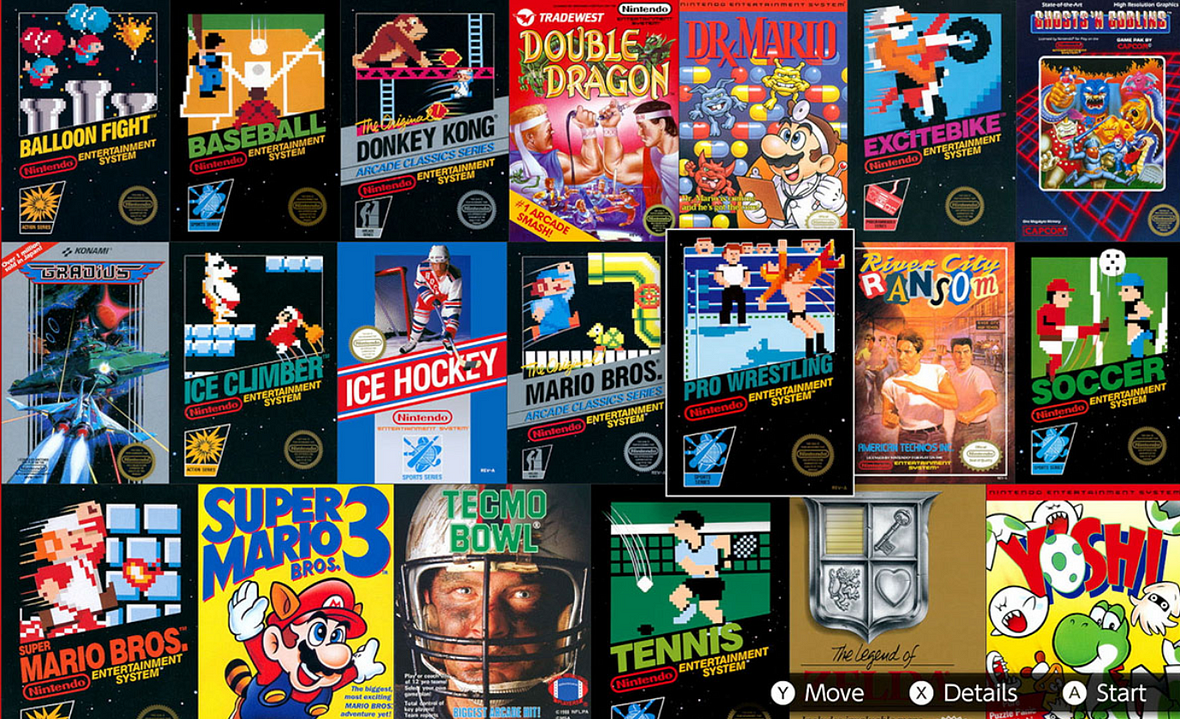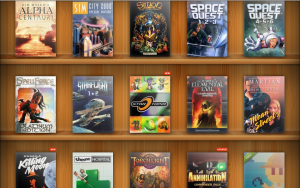
Featured Blog | This community-written post highlights the best of what the game industry has to offer. Read more like it on the Game Developer Blogs or learn how to Submit Your Own Blog Post
Why Videogame Preservation Needs to Change
The recent plans to close Sony's older digital stores frame today's post talking about why videogame preservation needs to be taken more seriously, and the steps I would personally like to see taken.


This past week was marked with yet another case of a digital store, and all its respective games, going away. Sony is pulling the plug on the PS3, PSP, and Vita stores, and once again a segment of the game industry has now become inaccessible to many people. Fans of mine know that I’m a huge supporter of game preservation, and for today’s piece, I want to talk about what I want to see and why emulation is such a big deal.
The Difficulty of Enjoying Games
As always with this topic, it’s important to talk about why this is important. Videogames are unique compared to other entertainment mediums by the fact that a lot of them are platform locked. The first point critics of emulation will bring up is that you can play a lot of games via online versions like those on the Nintendo Switch, PSN, and Xbox Network’s back catalog. Unfortunately, there are several problems with this. Because the catalogs are tied to the respective platform, it means that they are still locked to those respective clients.
There are tons of classic Nintendo games not available on the Nintendo Switch shop that were featured on the Wii and Wii-U. And with the news regarding Sony turning off the stores, if those stores go, then all the games that are available go with them.
The other popular criticism is “just keep your hardware in good condition” and there are several immediate problems with that. First, most people aren’t going to be able to find these older platforms without paying inflated prices. Even then, there’s no guarantee that you’re going to get something that is going to last for years. Even places like The MADE keep storage of older consoles, but that is still a limited supply. Another point that isn’t often discussed is the additional hardware needed: TV, correct cables, hookups, etc. The game industry has been living under the assumption that TV manufacturers are always going to have AV connections, but we’re in an HD world now, and it’s only a matter of time before they phase that out. When that happens, the options for game preservation are going to shrink even more.
As I’ve said previously, I know it’s not fair to ask developers and platform holders to guarantee full backwards compatibility. With the growth of hardware and new technology, it becomes harder and harder to move forward while still providing the hardware necessary to support that; that’s why digital copies have become so popular. But as we have seen, just having online platforms isn’t enough, and I would like to throw out a suggestion for how this kind of preservation can work.
An Emulating Proposal
No matter how much developers and publishers don’t want to admit this, every videogame has a shelf life with regards to being able to earn money. Either everyone who is going to buy the game has already bought it, or a newer version is superior. Whatever the case may be, outside of fringe examples, like game collectors, the chance of the publisher and developer earning any new sales on it is minuscule. When that time comes, that videogame should become public domain and be eligible for emulation or allowed to be put on a GOG equivalent. For emulation, there should be a supported and safe game emulator for the public to use.

GOG has been a boon for PC game preservation, but there is no console equivalent
This would predominately apply to singleplayer games that are no longer receiving new content as a live service title. For live service and multiplayer games, this rule would only apply after the game has been shut down and is no longer supported by the developer and publisher.
You might be wondering how long I feel is a safe period for a game’s shelf life. In my opinion, it should be at minimum five years, and at most ten years after its launch. With that said, I know there are going to be comments that are going to try and poke holes in it, so I want to address some of the common ones now.
“You Just Want to Play Videogames for Free”
…Yes, you are exactly right. Part of studying game design is being able to play a videogame, as someone who studies film must watch movies, and so on. What makes videogames unique in this aspect is the interactivity: you cannot fully examine a game’s design by watching video alone. Part of the issues that come with UI/UX, is that it’s impossible to see that from a let’s play. There’s a reason why I try to play as many examples as possible of games that I can for each one of my “Game Design Deep Dive” series.
Videogames are currently the only medium that still requires frustrating hoops to jump through to engage with its older properties. This issue becomes compounded every year, with every new platform, and is only going to get worse. There is no excuse why consoles and games from 10 years ago are so hard to find and enjoy, while I can watch movies from over 50 years ago. As game design becomes more important to study, and hopefully something more schools will teach, it will become harder for people to be able to learn from any videogame that isn’t available digitally on the PC legally.
“This Will Hurt Developers”
The games that I’m talking about are once again after the retail life of that game. Five to ten years may sound either very short or very long depending on your viewpoint, but the market for games operates faster than people like to admit. I’m sure we could certainly argue that 20–30 years ago given the dearth of games being released that a game could still be earning sales after that span of time. However, we’re not in that market anymore: there are at least 20–30 games being released weekly and consumers now have easy access to multiple platforms of games with their own respective storefronts.
I hate to be this curt, but I cannot believe that any game in today’s market will still be earning revenue after 10 years with the exception to live service games which are not a part of this discussion (at least until they get shut down.) And a sad point is that for many of the games that this would be used for, those studios may no longer be in business and current sales would never go directly to them.
“Pirates Will Benefit”
Pirates have been used to justify a lot of annoying practices that seem to hurt/annoy consumers more than not, but this would not benefit pirates or promote pirating. Again, the games that I’m talking about are past their shelf life, pirates are only really interested in the newest games. If someone is going to play the long game and not buy your title for 10 years to get it for free, then they were never going to buy your game in the first place.
“What if the Console/Rights Holder Wants to Sell it Again?”
The simple answer is no. This is one of the scummier practices in my opinion that Nintendo has done time and time again. Releasing a 10+ year game with no additions to it does not justify paying anywhere near the full price of a game released today. And having a limited-time sale such as with the Mario collection is just anti-consumer in my opinion. Likewise, continuing to require repeat purchases of digital games that were available on an older store or not even listing them anymore is just as bad. I do think companies like to have platform-locked stores for the very reason that it lets them, double, triple, or even quadruple dip on their games. Again, these games have a shelf life to them regardless of their quality and accolades. Even still, just bringing it back for sale on a new platform means that the same problem is going to happen when that platform goes under. Most people who are buying an older game made available today, are buying it so that they can continue to play the game they have already bought before.
If you want to remake it like Resident Evil 2 and 3 and bring it up to modern-day standards, that’s a different story. Honestly, I can think of several dozen games off the top of my head that if they were available for easy purchase, I would rebuy them, but they’re not. And that’s another part of this, there are far too many games that are not available at all: no version on modern consoles, no digital version, and they are locked to their original platform.
Preserving Art
Many developers like to tout the artistic side of the game industry, and if videogames are art (which they are), then it’s time to treat them as such. The industry has moved rapidly over the span of 40 years, but in that rush, there has been no real attempt made at preservation. You can’t denounce emulation and preservation and in the same breath say that videogames are an artistic medium.
To end on: How would you solve the emulation/preservation problem of the Game Industry?
If you enjoyed my post, consider joining the Game-Wisdom discord channel open to everyone.
Read more about:
Featured BlogsAbout the Author(s)
You May Also Like







.jpeg?width=700&auto=webp&quality=80&disable=upscale)








